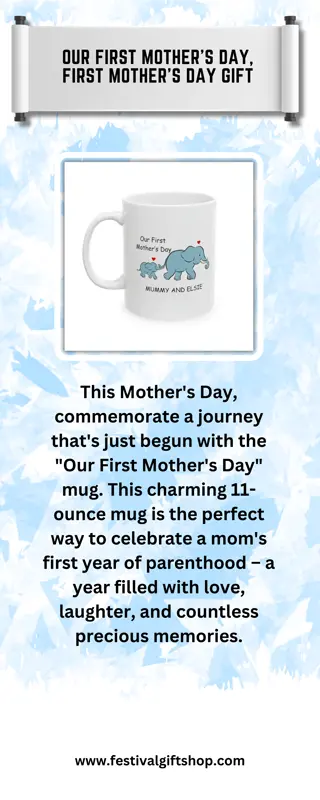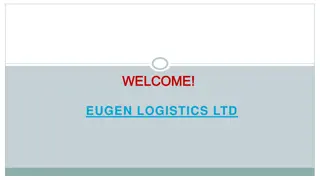
Multi-Criteria Spare Parts Classification for Oil & Gas Company
Explore how a multi-criteria decision-making framework is utilized to classify spare parts criticality in an oil and gas company, focusing on identifying key categories and criteria to streamline inventory management effectively.
Download Presentation

Please find below an Image/Link to download the presentation.
The content on the website is provided AS IS for your information and personal use only. It may not be sold, licensed, or shared on other websites without obtaining consent from the author. If you encounter any issues during the download, it is possible that the publisher has removed the file from their server.
You are allowed to download the files provided on this website for personal or commercial use, subject to the condition that they are used lawfully. All files are the property of their respective owners.
The content on the website is provided AS IS for your information and personal use only. It may not be sold, licensed, or shared on other websites without obtaining consent from the author.
E N D
Presentation Transcript
Research Plan Research Plan Presented By: Tahra Al Rawahi Department of Operations Management & Business Statistics MSc in Operations and Supply Chain Management
Recent Research Publications Title of thesis: Title of thesis: Classification of Spare Parts Criticality: A Multi-Criteria Decision-Making framework with an Application in an Oil & Gas Company
Agenda Research Background Research Objectives & Question Research Methodology Discussion Conclusion
Research Objective This research aims to design a multi criteria classification of spare parts in Oil & Gas company to assign criticality Research Questions 1. What are the categories of spares parts in Oil & gas company What are the relevant criteria for spare parts criticality in the company? 2.
Research Methodology Method :The investigations are based on a methodological framework that integrates two multi-criteria decision-making (MCDM) techniques, namely, Evaluation based on Distance from Average Solution (EDAS) and Ordered Weighted Averaging (OWA) operator. Data Collection : The data is obtained from a large company in oil & gas industry in Oman to be as a real-case study.
Results & Analysis Results & Analysis Orness A B C 0.25 2885 5412 1545 0.30 1810 5895 2137 0.35 1117 5509 3216 0.40 921 4408 4513 0.45 803 3533 5506 0.50 590 3077 6175 0.55 492 2650 6700 0.60 461 2459 6922 0.65 442 2362 7038 0.70 437 2292 7113 0.75 433 2245 7164
Practical Implication & Recommendation Identifying 3 classes of criticality A , B & C, the focus will # focus on A class and as the optimism level reduce the size of A so from instead if managing around 9 thousand of items, they will manage something around 400-500 items Provide the Company tool to prioritize based on the higher score ,the more priority will be giving to the item. There is a capacity to rank from highest score to lowest so the company can identify which items in each class should be giving more priority
Practical Implication & Recommendation The company can implement continues review system on A class & periodic review system for C class . C class is the leas priority and from the graph it is clear that C class is large size and can be review to be eliminated from the inventory
Future research agenda There will be a chance to consider original spares categories: Mechanical Electrical, Instruments and Chemical. Future research could study how the spare parts inventory classification influences reduction of the internal workload required for Inventory Control.
Thank you Sultan Qaboos University






















